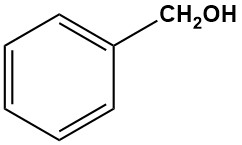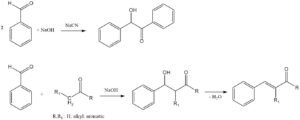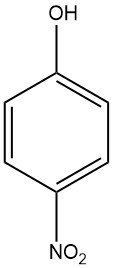
Benzyl Alcohol: Properties, Production and Uses
Benzyl alcohol is the simplest and most important industrial aromatic alcohol, with the chemical formula C6H5CH2OH. It is a colorless liquid at room temperature with a faint, pleasant odor that is slightly soluble in water but miscible with many organic solvents.











